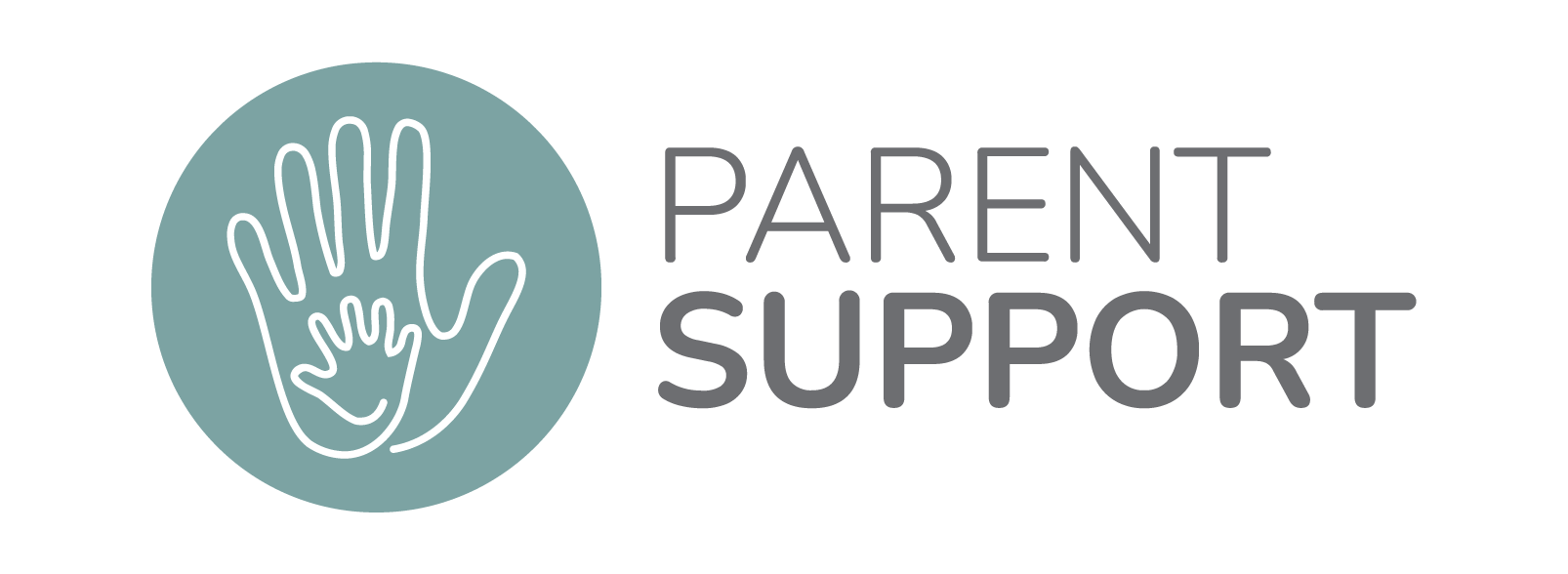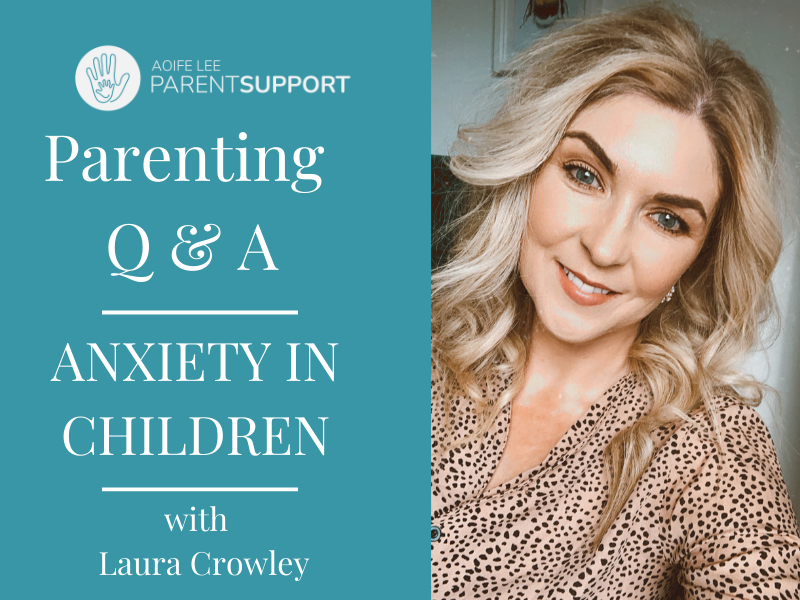PARENTING Q&A | HOW TO HELP CHILDREN WITH ANXIETY WITH LAURA CROWLEY
As the first school term of the new academic year is upon us this guest Q&A could not have come at a better time, while many children embrace starting back or maybe they are starting a new school, preschool, primary or secondary, for many it can be an anxious time. However, as we know school is not the only life situation that our children can be anxious about and the last 18 months living with Covid-19 has highlighted this significantly. Children can be vulnerable to feeling anxious for so many reasons and it is different for everyone.
I would like to introduce you to Laura Crowley, who is a Mother, Author, Lecturer and Autism Consultant, with over 21 years’ experience working with young people in a variety of settings. Laura also has a diagnosis of Autism and her lifelong struggle with Generalised and Social Anxiety prompted her to create the Social Connect Series of educational resources for children.
This particularly interests me both personally and professionally, as it is informative and reassuring.
How to help your child if they are suffering with Anxiety
During our conversation we discussed
What is Anxiety?
What are the common triggers for Anxiety or does this vary for everyone?
What are the signs if your child suffers from Anxiety?
Many parents report that their child struggles being left alone at bedtime, is it possible to differentiate between anxiety and it being behavioural?
What can parents do to provide comfort?
As parents, do you think we can feed into when a child worries a lot?
Laura’s top tips alleviate Anxiety for children.
What is Anxiety?
Anxiety is basically fear and dread. It is a natural emotion, like happiness and sadness. In isolation, it can be helpful and helps us adapt to new and challenging situations. The body enters survival mode to make us faster and more alert. If it persists, it can become a difficulty as the body remains in survival mode, which has a lot of implications for the individual's mental and physical health.
What are the common triggers for Anxiety or does this vary for everyone?
In everyday life, common triggers for anxiety include exams, interviews and emotional conversations. This experience of anxiety is normal and to be expected. For those with an anxiety disorder, the trigger can be far more obscure. It can be anything from a certain object, setting or completely illogical stimuli such as smells. At one stage rain caused me to have anxiety attacks during the night. It was not logical, but the fear experienced was very real and debilitating. Everyone experiences different triggers and different anxiety symptoms and reactions.
What are the signs if your child suffers from Anxiety?
As anxiety is a private event, meaning only the individual can truly say what they are feeling, we are left with reduced means to interpret anxiety. Unless the child professes to the physiological signs of anxiety e.g. sore tummy, increased heart rate, headaches, dizziness, nausea, then we will need to interpret their actions considering the four F’s of anxiety.
The four F’s are the typical reactions people exhibit when experiencing anxiety.
1.Fight
anger, irritability, physical outbursts, aggressive action
2.Flight
running away, wanting to leave situations, preferring solitude
3.Freeze
withdrawing, appearing frozen, uncommunicative, retreating into themselves
4. Fawn
the fourth F is the one most people have never heard of, Fawn. Fawn is the reaction most often witnessed in relation to social anxiety. Individuals will try to impress, compliment, ingratiate themselves with someone whom they either interpret as more socially accepted than them, or someone with more social confidence than them. In an effort to be accepted and thought favourably of, they often completely play up to the individual and can become quite vulnerable as a result.
Many parents report that their child struggles with being left alone at bedtime, is it possible to differentiate between anxiety and it being behavioural?
Separation anxiety is quite common at certain ages, and while the child may not be actually anxious about sleeping alone, it is best to approach it as if they are and figure out a system to alleviate that anxiety at bedtime. Often night-time is the worst for those who suffer with anxiety, as the distraction that daily routine and company provides is lost. I have always found night-time anxiety the hardest to deal with, even now. The Buddy Bear can be a great tactic to ease this anxiety. The bear is left on the doorstep with a note from the fairies to say the bear needs to stay with them for a while and would they mind if he shared their room. They are given the responsibility of minding the bear at night and regular letters from the fairies reinforce the responsibility and success for the child. The responsibility of caring for their new friend alleviates the intrusive anxious thoughts which may have caused them to seek comfort and companionship.
Check out a recent Blog: How to cope with Bedtime Challenges
What can parents and caregivers do to provide comfort?
The most important thing for parents to remember, is that no matter how small, illogical or insignificant you think their worry is, to them it is very real. Connect to that feeling from your own personal experience and respond how you would like others to respond in your times of fear and dread.
Instilling self-management skills and guiding them to independence is the most effective way to help your child as it allows them to build resilience and courage in the face of challenge. It can be done as slowly as your child needs, and steps backwards can be accommodated when needed. Small, steady steps forward, with tactics to encourage independence is key. It is okay to push a child just outside of their comfort zone, but remain mindful that a small step for you, can be mammoth to them, so choose to celebrate even the tiniest of advances.
Check out guest blog from Richard Hogan: How to help children build resilience
As parents and caregivers, do you think we can feed into when a child worries a lot?
This is something I have worried a lot about since I was pregnant, but since becoming a mother, I have realised that my anxiety is a gift for my children. While it might sound crazy, bear with me! I have always verbally acknowledged my feelings with my children, and in doing so, instilled the beginnings of emotional literacy in them. When you change the way you look at things, the things you look at change. If you can use your own experience as a teachable moment, you turn a negative into a positive for your child. So verbally express your emotions using three part expression e.g. I’m feeling very anxious because I have a big meeting in work tomorrow, so I think I might go for a walk to help myself.
Express:
What you are feeling
Why you are feeling that way (if you’re not sure, it’s okay to admit that too)
What you will do to help yourself.
Creating a supportive environment accepting of all emotions is a brilliant start to any emotional literacy education for young children. Model the behaviour you want to see!
What are your top tips to alleviate Anxiety for children?
My top tip is to educate yourself and your child on what exactly anxiety is, how we experience it and how to alleviate it. My programme Connect To The Moment is a great start, but there are many ways in which to provide the information for your child. Once the knowledge foundation is in place, have regular emotional check ins with them, share first to show them it is a safe space and that their emotions are valid. Work together to alleviate the effects of anxiety either physically through movement such as exercise, or mindfully through mindful practice. Teach them that it is okay to feel any emotion, it is how you respond to it that counts.
I hope that you as the reader have gained as much from this as I have. Laura has provided some real life, realistic and practical tips and advice which I know parents along with their children will find both helpful and reassuring. You can find Laura’s course Connect To The Moment and you can follow her on Instagram @social_connect_series.
More info about Laura:
Laura's primary goal was to design a practical, positive resource for children to allow them to feel in control, rather than lost in their anxiety, as she had throughout her youth. Laura believes that children's mental health is as important as their physical health and the impact of providing a positive foundation for dealing with difficult emotions like anxiety, will be felt throughout life.
If you are feeling overwhelmed or facing challenges with your children, I am here to help. I offer tailored 1 to 1 parent support sessions or corporate parenting talks. Get in touch with me today at aoife@parentsupport.ie, I offer eLearning Parenting Courses on Positive Parenting and Managing Screen Time & Device Use which will help support you in the challenges you may be facing.

